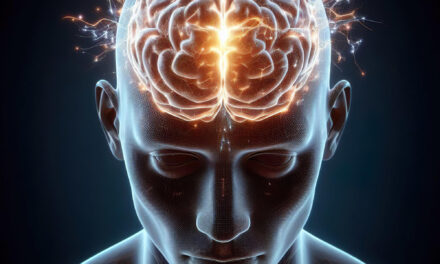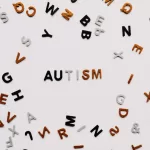Two new studies published in JAMA Network Open suggest that heavy cannabis use may be far more dangerous than previously thought, linking cannabis use disorder (CUD) to significantly higher risks of death and mental health issues.
The first study, published on February 6, focused on the long-term mortality risk associated with CUD. Conducted in Ontario, Canada, the research found that people diagnosed with CUD who sought treatment in hospitals or emergency rooms faced nearly triple the risk of death over five years compared to those without the disorder. Researchers analyzed the health records of 106,994 people diagnosed with CUD between 2006 and 2021 and found that 3.5% of them died within five years of treatment, compared to just 0.6% of a similar population without the disorder.
CUD patients were 10 times more likely to die by suicide than the general population, and also faced a significantly higher risk of death from trauma, drug poisoning, and lung cancer, according to the study. Even when controlling for other risk factors such as mental illness, heart disease, cancer, and substance use, CUD patients still had a 2.8 times higher risk of death.
“Younger adults aged 25 to 44 were particularly affected, facing the highest risk of premature death,” said Dr. Daniel Myran, the study’s lead author and an assistant professor of family medicine at the University of Ottawa. He emphasized that the risks associated with CUD are likely underestimated, as many people do not seek treatment. “Our estimate is that for every person treated for CUD, there are another three who didn’t seek care,” Myran noted.
The second study, published on February 4, examined how the legalization of recreational marijuana in Canada in 2018 impacted mental health outcomes, particularly psychosis and schizophrenia. While the overall rate of schizophrenia remained stable, the percentage of schizophrenia cases linked to CUD rose from 3.7% to 10.3% after legalization. The rate of psychosis without schizophrenia nearly doubled, with young adults aged 19 to 24 most affected.
“This is a period when the brain is still developing and vulnerable to the effects of cannabis,” explained Jodi Gilman, an associate professor of psychiatry at Harvard Medical School, who wrote a commentary on the study. She emphasized that psychosis and schizophrenia often emerge in young adulthood, compounding the risks for this age group.
Experts warn that modern marijuana is far more potent than it was in previous generations, contributing to its risks. “Many people think, ‘Oh, cannabis is not harmful—it’s organic, it’s natural,'” said Dr. Laura Bierut, a psychiatrist at Washington University School of Medicine in St. Louis, who wrote an editorial accompanying the study. “It is a public health threat just like alcohol.”
These findings highlight the need for increased awareness, intervention, and monitoring of individuals with CUD, particularly among younger adults.
Disclaimer: This article summarizes findings from recent research on cannabis use disorder and its potential health risks. The studies referenced do not confirm a direct cause-and-effect relationship between cannabis use and increased risk of death or mental illness. Lifestyle factors, existing health conditions, and other substance use may also play a role in these outcomes. Readers are encouraged to consult healthcare professionals for personal medical advice and to review the full studies for more detailed information.
Journal References:
- Daniel T. Myran et al, “Cannabis Use Disorder Emergency Department Visits and Hospitalizations and 5-Year Mortality,” JAMA Network Open (2025). DOI: 10.1001/jamanetworkopen.2024.57852
- Daniel T. Myran et al, “Changes in Incident Schizophrenia Diagnoses Associated With Cannabis Use Disorder After Cannabis Legalization,” JAMA Network Open (2025). DOI: 10.1001/jamanetworkopen.2024.57868
For more information, visit the U.S. Centers for Disease Control and Prevention’s website on the health effects of cannabis.












